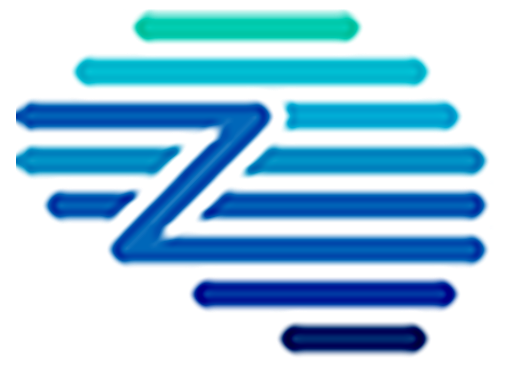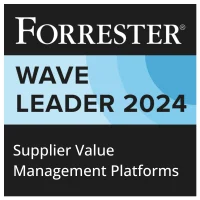Enterprise Resource Planning (ERP) is an integrated management system used by organizations to streamline and automate business processes. It centralizes data and processes across various departments, such as finance, human resources, manufacturing, and supply chain, into a unified platform, enhancing efficiency and decision-making capabilities.
Key Benefits
– Improved Efficiency: ERP systems integrate various business processes, reducing redundancy and manual intervention, leading to faster and more efficient operations.
– Cost Savings: By optimizing processes and reducing waste, ERPs help in minimizing operational costs and improving the overall financial health of the company.
– Better Decision-Making: With a centralized database, ERPs provide real-time insights and analytics, empowering management to make informed decisions quickly.
– Enhanced Compliance and Risk Management: ERPs facilitate adherence to regulatory requirements and provide frameworks for risk management, helping avoid compliance issues.
– Scalability and Flexibility: As businesses grow, ERP systems can scale to accommodate new needs without requiring significant changes, ensuring continued efficiency and adaptability.
Related Terms
– Improved Efficiency: ERP systems integrate various business processes, reducing redundancy and manual intervention, leading to faster and more efficient operations.
– Cost Savings: By optimizing processes and reducing waste, ERPs help in minimizing operational costs and improving the overall financial health of the company.
– Better Decision-Making: With a centralized database, ERPs provide real-time insights and analytics, empowering management to make informed decisions quickly.
– Enhanced Compliance and Risk Management: ERPs facilitate adherence to regulatory requirements and provide frameworks for risk management, helping avoid compliance issues.
– Scalability and Flexibility: As businesses grow, ERP systems can scale to accommodate new needs without requiring significant changes, ensuring continued efficiency and adaptability.
References
For further insights into these processes, explore Zycus’ dedicated resources related to Enterprise Resource Planning Erp:
- The Path to Supplier Management Excellence – Stage 3
- Evolution of Spend Analysis and the Rise of Big Data: Part 6 –; Key Benefits of Spend Data Analysis
- RPA, Intelligent Automation and Agentic AI: Navigating the Automation Revolution
- Procurement Enhancement: A BFSI perspective
- Zycus iRequest: Overview Video
White Papers
Master the UK Procurement Act 2023: Ensure Compliance & Drive Procurement Excellence

Filter by
Compliant Invoicing
Compliant Invoicing refers to the process of generating, submitting, and managing invoices in adherence with legal, regulatory, and contractual requirements.
Continuity Plan
A Continuity Plan is an organized set of policies and procedures designed to ensure that a company’s essential operations can
Cost Modeling
Cost Modeling in procurement refers to the analysis and estimation of the total cost of ownership of a product or
Contract Audit
Contract Audit is a systematic evaluation of agreements and related documentation to ensure compliance with contractual terms, identify discrepancies, and
Procurement Cycle
The Procurement Cycle refers to the end-to-end process through which an organization identifies its needs, sources suppliers, negotiates contracts, places
Procurement Master Data Management
Procurement Master Data Management is the disciplined approach to managing core, consistent procurement information, including supplier, product, and contract data,






















































